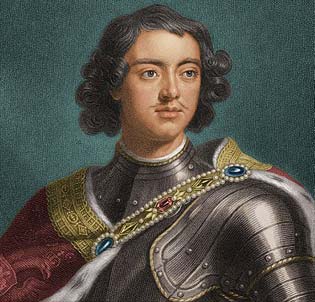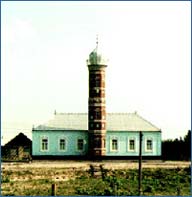In 1722, Peter the Great, ever eager for trade and military routes to Persia, invaded Chechnya’s neighbor Daghestan. Repulsed by the Daghestanis and Chechen mountain warriors, Russia fell back again, but would press on for the next 50 years with sporadic raids on Chechen and Daghestani territory. In 1783, Russia finally gained a strategic toehold in the Caucasus with the recognition of Georgia, Chechnya’s Christian neighbor to the south, as a Russian protectorate.
In 1784, Imam Sheik Mansur, a Chechen warrior and Muslim mystic, led a coalition of Muslims from throughout the Caucasus in a ghazavat, or holy war, against the Russian invaders. Calling for Islamic unity, Mansur also tried to introduce Sharia law to Chechnya. In 1785, Mansur (his name means “Victor”) delivered a crushing defeat to Russian forces in the Battle of Sunja River and moved on into Russian territory, where he suffered a string of defeats. Captured by the Russians six years later in the northwestern Caucasus, Mansur was imprisoned in St. Petersburg until his death in 1794. Mansur’s campaigns against the Russians were legendary throughout Europe at the time and he remains to this day a popular folk hero for Chechens.
Did You Know?
Chechens, who worship in mosques such as the one above, are Sunni Muslims with a strong tradition of Sufi mysticism. A common Sufi ritual performed by the Chechens is the zikr — or “remembrance of God”. Participants are believed to establish direct contact with God by chanting special prayers while dancing in a circle around an imam, who claps out a rhythm.
- Previous: 1300s-1600s Outsiders Invade
- Next: 1817-1964: The Caucasian Wars




